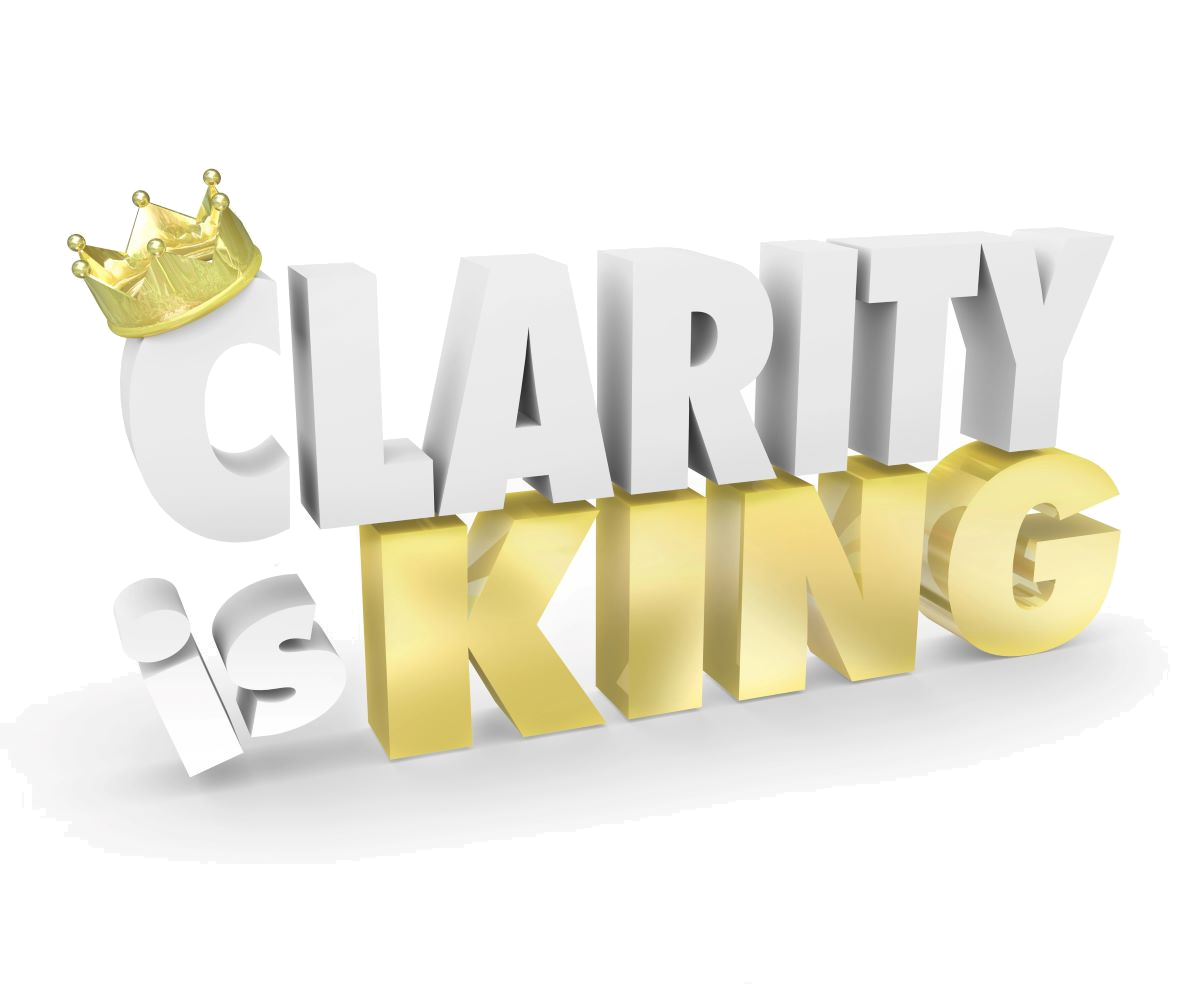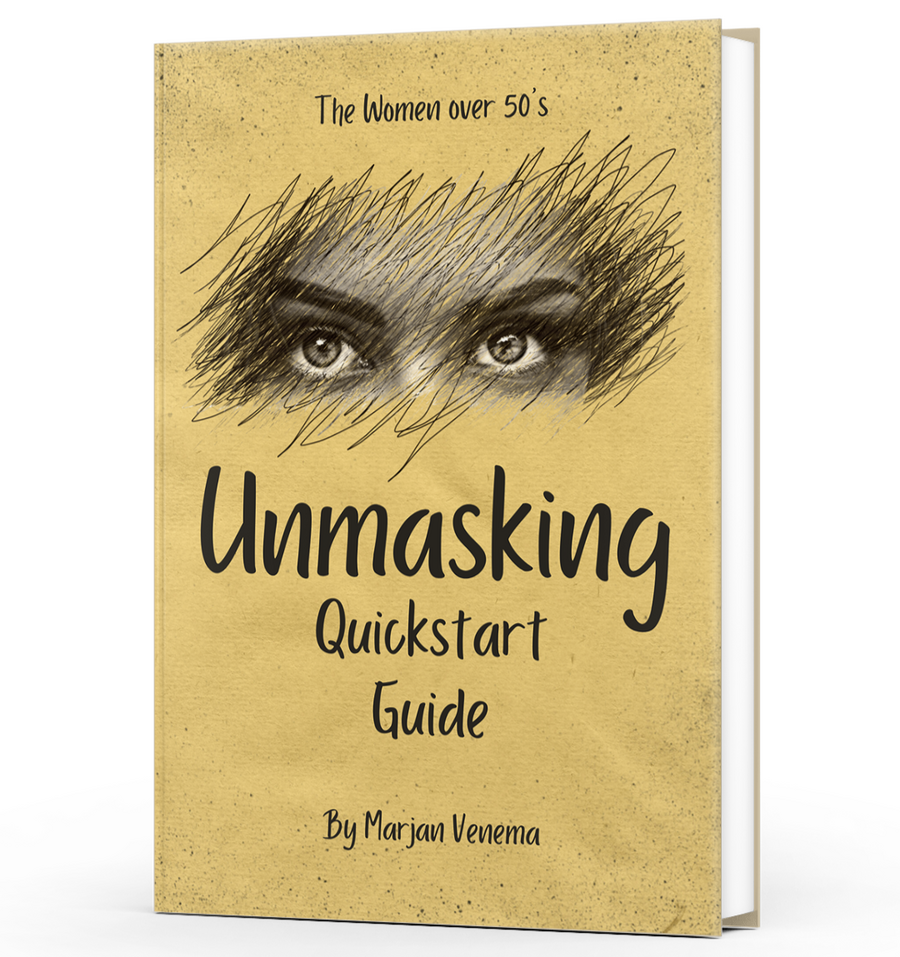Becoming a “difficult” woman: how to police your boundaries and get people to like doing what you want them to do without anyone noticing you’re doing it (and without nagging or worse!)
The power and beauty of positive reinforcement
“I wouldn’t call myself an expert on positive reinforcement to influence behavior” is what I’m expected to say here.
Well, bollocks. I am.
I’ve spent hundreds if not thousands of hours reading and learning what drives behavior. How to influence it. How to change it. How to shape it.
I’ve practiced a lot. In dogs at first. But the parallels to other animals, including the human variety, are too obvious to ignore.
I’ve used myself, my pets, and <blush> yes, my family, friends, and colleagues as guinea pigs for practicing positive reinforcement of desired behavior.
How I got interested in positive reinforcement
BeeJay was my first dog. Like Nina (my fourth), she was a black Labrador lady. Using the prevalent dog training techniques at the time -- what I now call the pull and jerk adversarial method based largely in behaviorism, I succeeded in turning a happy go lucky puppy into a depressed adult.
Jessy was my second black Lab lady. Two years younger than BeeJay and her half-sister. Her dad’s genes obviously exerted tremendous influence, because instead of withdrawing into depression, she voted with her feet whenever I used, what I later learned, were positive or negative corrections. I.e. the pulling and jerking.
I was often told to “give her a correction” when Jessy walked farther from me than “ideal” in the trainer’s eyes. The result? Jessy moved away even further. It was like she was telling me: “Don’t jerk me around!”
I grew very unhappy with the trainers’ inability to come up with different ways of getting Jessy to do what she was supposed to do in the obedience classes.
My search for an alternative
So I began researching other training methods. (I still can’t believe that it took me that long before no longer accepting the adversarial method. I didn’t know any better and was still prone to defer to “experts.”)
One thing led to another and before long found myself training to become a behavior therapist for dogs. Not that I wanted to take that up, but because it was the only comprehensive education on dog behavior I could find at the time.
Four strategies to influencing behavior
It’s where I first learned about the four strategies to influence behavior: positive and negative reinforcement, and positive and negative corrections. Note that positive and negative aren’t value judgments in this, they indicate whether you’re adding or removing something from the interaction.
From that -- and all the reading and learning I did about psychology, I concluded that if you take verbal language out of the equation, influencing behavior in humans, in any living creature with the capacity to learn from their experience (and that includes... fruit flies!), always boils down to using these four strategies.
Corrections get little more than quick compliance
Unfortunately, corrections are rather addictive. They seem to work very well because they get you quick compliance.
And that includes not telling others “don’t do X”. Yes, that’s a correction too.
However, that’s all you get.
The behavior therapy course mentioned this in a veiled manner by instructing us to use corrections only to interrupt unwanted behavior and always follow it with teaching the animal what to do instead.
But that’s still a poor man’s way of getting the behavior you do want!
Another ‘trick’ they came up with was to disassociate the correction from you - getting the ‘environment’ to deliver the correction. In hindsight, that makes for creating an anxious animal - losing trust that they’re safe as their environment might lash out unexpectedly.
Why are these a problem?
Because there’s no learning for the “correctee”. And the motivation to do the behavior isn’t changed.
Well, actually, there is learning and motivation.
But not how you might think or would want.
What they learn is that you’re dangerous (physical corrections), a grump, and a critic. And if you manage to change their motivation around the undesired behavior, it’s only not to do it in your presence!
The beauty of reinforcement
If you want more than cooperation and compliance don’t use corrections. Use reinforcement of desired behavior.
It makes it abundantly clear what you want (it instantly cuts out all other options you’d say “no” to).
It increases motivation to perform the desired behavior (we’re all suckers for that dopamine shot from any reward).
The hard part - why we don’t use them as much as we should
Reinforcement works wonders. That’s their beauty.
The hard parts?
Figuring out what you do want instead of reactively stating what you don’t.
Figuring out what works as a reinforcer for someone. We’re all different. And what you find rewarding may leave someone else unmoved.
Sure, compliments are generally found rewarding. But they’re not always enough. And incentives have their caveats, especially for anything requiring even the slightest cognitive effort. Gamification - made popular by video games - tends to work but often gets over used or simplified into something many people just don’t or quickly stop caring about.
In short: don’t expect someone else to respond to what you think is a reward. Become curious, find out. Stay away from luring them with incentives as much as possible. “Incentives” work best when they’re not incentives but (unexpected) rewards after the fact.
Positive versus negative reinforcement
As I already mentioned, positive and negative aren’t value judgements. They merely indicate whether you’re adding something (positive) to the situation or removing it (negative). And for reinforcement it’s about something perceived as pleasant.
For example: giving someone a treat is a positive, taking away privileges is a negative. You might think the latter is a correction (”punishment”), but corrections are about adding or taking away something perceived as negative.
Don’t be tempted to use negative reinforcement as a ‘better option’ than corrections though - it’s fraught with the same kind of pitfalls.
Fun application: Using positive reinforcement to become a “difficult” woman
Using positive reinforcement to influence others to do what you’d like them to do is a lot more fun for everyone involved.
Even better: It allows you to become “difficult” without being perceived as such.
Positive reinforcement lets you:
Say “no” without saying “no” by stating and reinforcing (rewarding) what you do want.
Increase the chances of someone doing what you’d like them to do of their own accord - without you having to constantly ask (nag).
Improve your relationship with everyone around you while setting and guarding your boundaries without drawing “flack”.
Become a difficult woman
Try it.
First step: figure out what you do want. In life, from others, for yourself.
Second step: practice!!! (And have fun doing it!)
To help you with the second step: read my guide to stop self-effacing behavior and unmask your true self: The Women over 50’s unmasking guide.
I’m looking for a better name/title. So if you subscribe and read it, I’d absolutely love to hear your thoughts on that. In a reply to one of the emails or here in the comments.








I have been reading up on positive psychology recently as a foundation for improving life and gaining the most fun as we age. It has always concerned me that the pop psychology version seems to concentrate on reinforcing positive thoughts to the exclusion of the realities which all of us have to encounter from time to time. So more subtle ways of positive reinforcement to achieve goals and a happy life is a great contribution.
I'm coming back to read the second part. ❤️